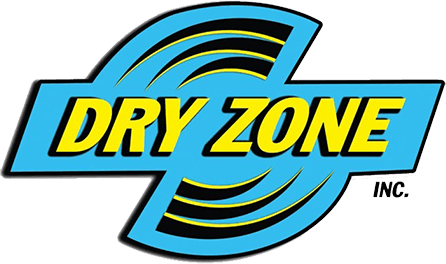A post-storm check is important because it can help identify any damage a storm may have caused before it becomes a bigger problem. Doing so can fix any damage caused before it becomes a bigger issue. Here are some of the items you should have on your checklist:
Flooding
If a flood finds its way inside your home, the first thing to get checked is your gas and electricity. A registered engineer can ensure that your pipework is not filled with water, while a registered electrician can examine the condition of wiring and appliances before they’re switched back on.
After you’ve checked for any structural damage, look at your possessions. If any of them are damaged, you’ll need to decide whether to repair, replace, or throw them away. Try not to throw anything away before you’ve talked to your insurance company, as they may want to see it.
Broken Glass
Flying debris during a storm can break windows, which can be costly to repair. Protecting your windows from flying debris is best by fitting shutters or taking other precautions. If a glass panel in your garden shed is broken, you’ll need to replace it to protect the shed’s contents. You can do this yourself if you’re certain in your abilities and have the right safety gear. Otherwise, you can hire a professional glazer.
To replace the glass yourself, you’ll need to remove any remaining shards of glass from the frame with safety goggles and heavy-duty gloves on. You can recycle the glass and fit a new pane to the right size. Another option is to replace the broken glass with shatterproof clear acrylic, which can be easier to fit.
Garden Damage
A storm can cause a lot of damage to a garden, so it’s important to check that any loose items are where you left them. This includes garden furniture, patio heaters, bird tables, and plant pots. Severe weather doesn’t respect boundaries, so it’s also possible that wheelie bins, plants, or ladders may end up in someone else’s garden.
In addition to moveable items, check your outbuildings, such as sheds or garages, for any signs of physical or water damage. Ensure that the roof is still in place, windows aren’t cracked, and the guttering is still securely fixed, as any leaks can allow the contents inside to rot or deteriorate.
Roof Tiles
After a storm, the first area you should inspect is your roof. If you find missing tiles, take clear photos and make some notes about the damage. This way, you can provide your insurer with the necessary information if you need to make a claim. Additionally, check for any loose tiles so they can be repaired before the next storm.
If you happen to find water damage on your roof, you should call your insurance company’s hotline and find a reliable roofer to fix anything broken caused by the storm as soon as possible. Your insurance provider may hold you liable for any additional damage if you don’t report it promptly. Even if the damage seems minor, it’s still important to get it fixed quickly to prevent any further damage from happening.
In Closing
Having these items on your checklist can greatly help you monitor areas that need fixing after a storm. Remember, if any of these areas are insured, it’s best to report them immediately, or else your policy won’t cover the damages.
If you need help surveying your home after a storm, contact DryZone! We provide homeowners with services for emergency water damage in Naples and more! Reach us through our website today!


